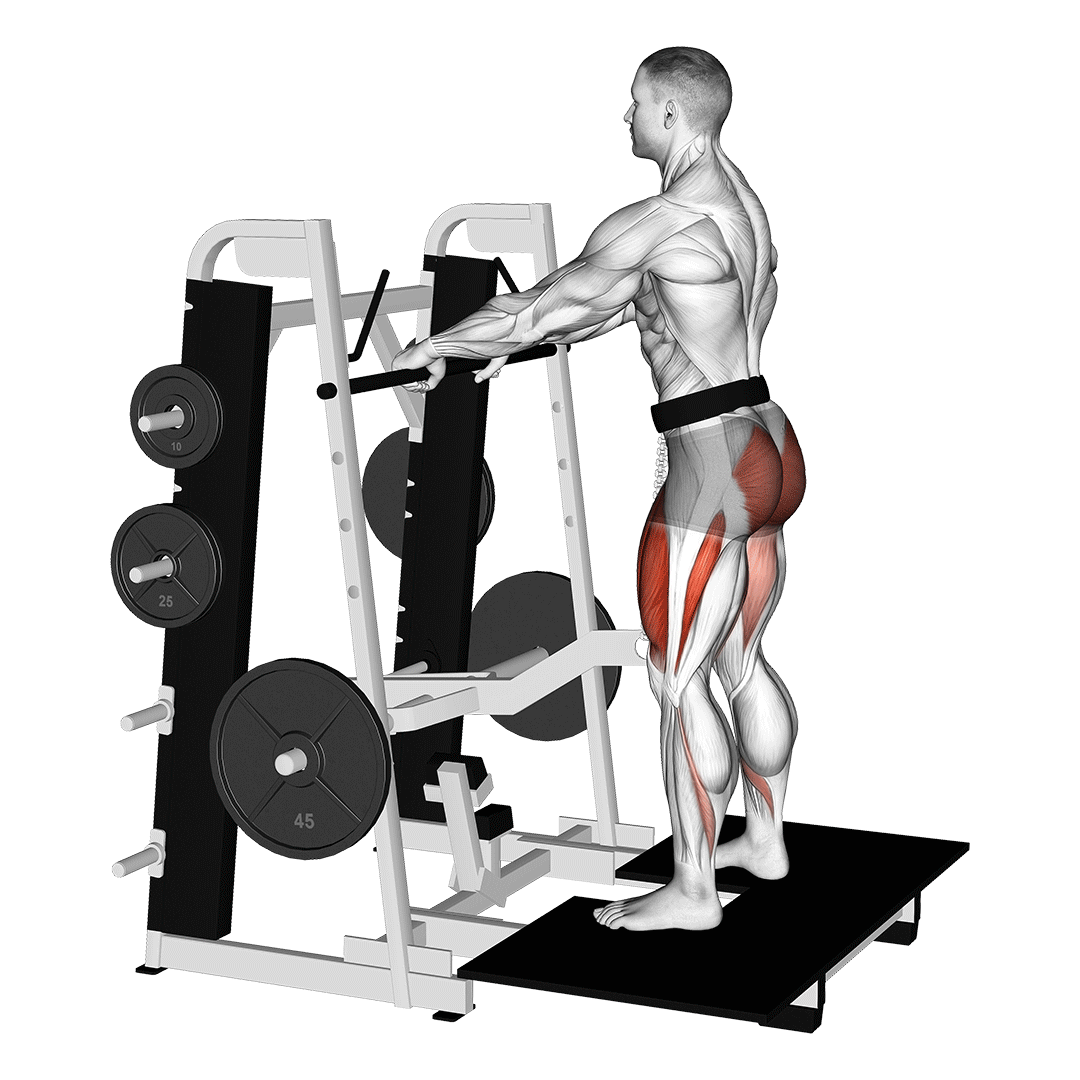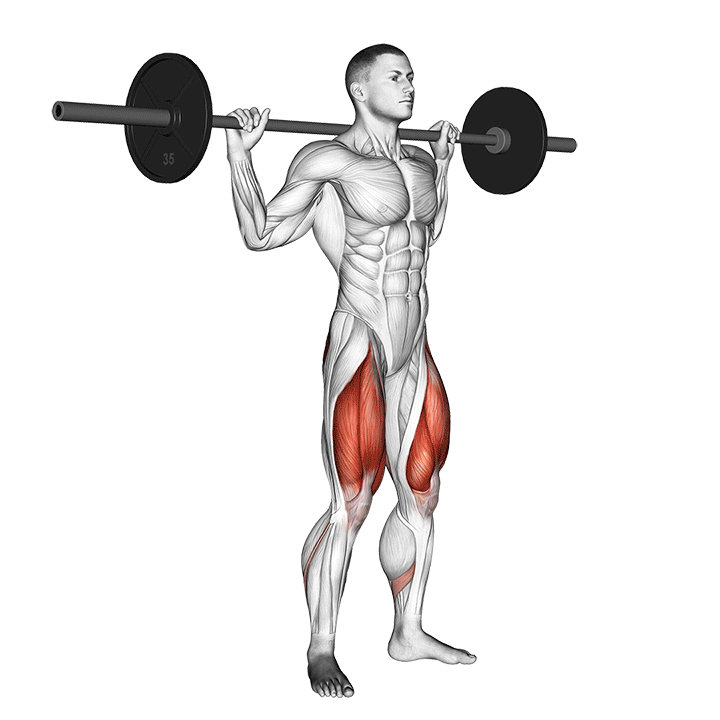When it comes to lower body strength and muscle development, squats are undeniably one of the most effective exercises. However, within the realm of squats, two distinct variations have gained prominence: Belt Squats and Back Squats. In this article, we will delve into the intricacies of these exercises, explore their benefits, provide step-by-step instructions on how to perform them correctly and discuss the differences in muscular emphasis and stabilizer muscle engagement.
What are Belt Squats?
Belt squats are a lesser-known yet highly effective squat variation that emphasizes the leg muscles while minimizing stress on the spine. In a belt squat, you utilize a specialized belt attached to a loading apparatus, such as a cable machine, to suspend weight plates between your legs. This unique setup allows for a more vertical torso position, reducing the lower back load and focusing more on the quadriceps, hamstrings, and glutes.

Benefits of Belt Squats:
- Reduced Spinal Load: Belt squats are an excellent option for individuals with lower back issues or those looking to minimize spinal compression. The suspended weight reduces the strain on the spine, making it a safer alternative for people with back concerns.
- Isolation of Leg Muscles: Belt squats provide a targeted approach to lower body development by isolating the leg muscles. This can be particularly beneficial for addressing muscular imbalances and enhancing muscle engagement.
- Functional and Versatile: Belt squats offer versatility in training. They can be used for hypertrophy, strength, rehabilitation, and corrective exercises, making them a valuable tool for various fitness goals.
- Improved Stability and Balance: The suspended weight challenges your stability and balance, requiring greater engagement of stabilizer muscles, leading to improved overall coordination.
How to Perform Belt Squats:
- Attach a weight belt to a cable machine or a similar loading apparatus.
- Step into the weight belt and secure it around your hips.
- Stand on a stable surface with your feet hip-width apart.
- Hold onto a nearby structure for support.
- Lower yourself into a squat by bending your hips and knees, maintaining an upright posture.
- Descend until your thighs are parallel to the ground or lower.
- Push through your heels to return to the starting position.
What are Back Squats?
Back squats are the quintessential squat variation where a barbell is placed on the upper back (trapezius muscles). This exercise engages a wide range of muscles, including the lower back, core, quadriceps, hamstrings, glutes, and adductors.

Benefits of Back Squats:
- Full Body Engagement: Back squats are a compound movement that activates multiple muscle groups simultaneously, making them an efficient choice for overall lower body and core strength.
- Functional Movement Pattern: The back squat closely mimics natural movement patterns like sitting down and standing up, contributing to enhanced functionality in daily activities.
- Anabolic Response: Back squats can trigger a significant hormonal response, promoting muscle growth and development due to substantial muscle activation.
- Versatility and Customization: Back squats offer various grip widths and stances, allowing you to tailor the exercise to target specific muscles and address individual weaknesses.
How to Perform Back Squats:
- Position a barbell on a squat rack at shoulder height.
- Step under the bar and position it across your upper back, ensuring it rests comfortably on your trapezius muscles.
- Grip the barbell slightly wider than shoulder-width apart.
- Lift the barbell off the rack, step back to clear the rack, and set your feet shoulder-width apart.
- Keep your chest up, core engaged, and head facing forward.
- Bend your hips and knees to lower yourself into a squat, maintaining a neutral spine.
- Descend until your thighs are parallel to the ground or below.
- Drive through your heels to stand back up, extending your hips and knees.
Belt Squat vs. Back Squat – Muscular Emphasis and Stabilizer Muscles:
Both belt squats and back squats offer unique advantages and target different aspects of lower body development.
- Belt Squats: These emphasize the leg muscles, particularly the quadriceps, hamstrings, and glutes. The reduced spinal load allows for targeted leg training and is especially beneficial for individuals with back concerns.
- Back Squats: Engage a broader range of muscles, including the lower back, core, quadriceps, hamstrings, glutes, and adductors. Additionally, back squats challenge stabilizer muscles and promote overall stability and balance.
Remember, proper form and technique are crucial for maximizing the benefits of these exercises and minimizing the risk of injury. If you’re new to these movements, consider seeking guidance from a qualified fitness professional to ensure you perform them correctly and safely.

